Test your knowledge of the animal kingdom and uncover the hidden talents of creatures you thought you knew. Each question describes a common animal with an extraordinary ability. Can you guess the identity of these secret superheroes of nature?
1. The Ultraviolet Visionary
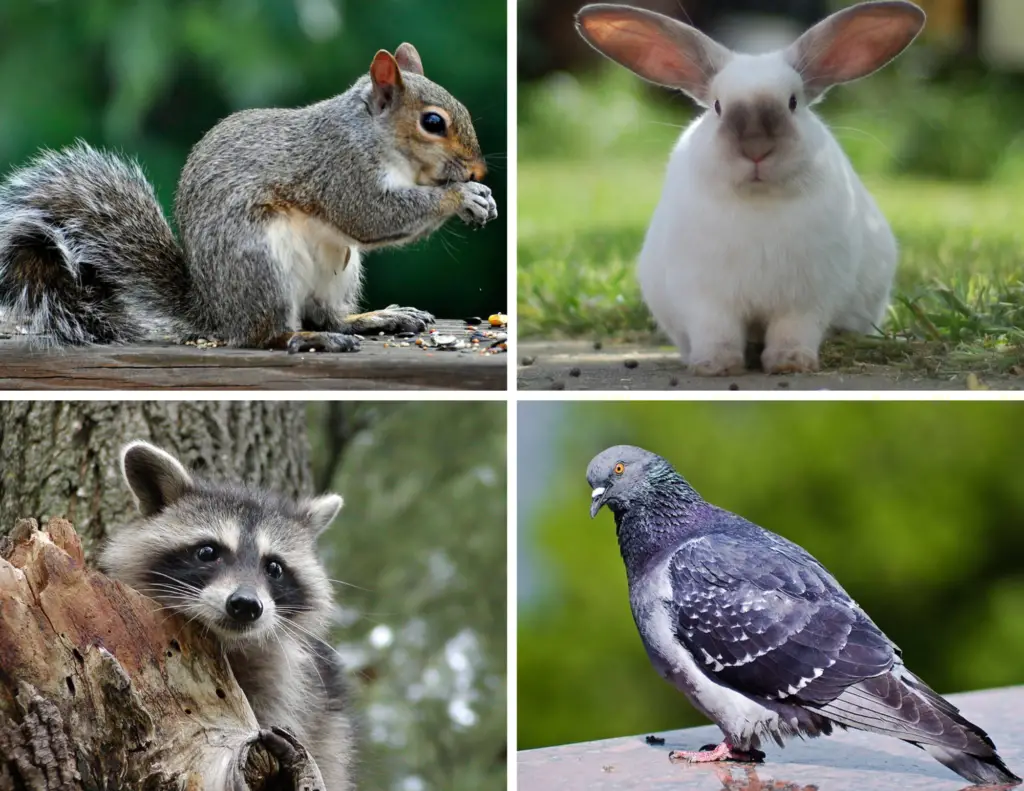
This common backyard visitor possesses a superpower that allows it to see a world invisible to human eyes. With the ability to perceive ultraviolet light, this creature navigates its environment in ways we can scarcely imagine. Its UV vision reveals hidden patterns in plants and even on other members of its species, guiding its choices in feeding and mating.
While it may seem ordinary at first glance, this animal’s extraordinary visual capabilities give it a significant advantage in survival and reproduction. Scientists believe this ability helps the creature find food sources that would otherwise be overlooked and identify the healthiest potential mates. What common animal hides this secret talent for seeing beyond the visible spectrum?
A) Squirrel
B) Rabbit
C) Raccoon
D) Pigeon
Answer:
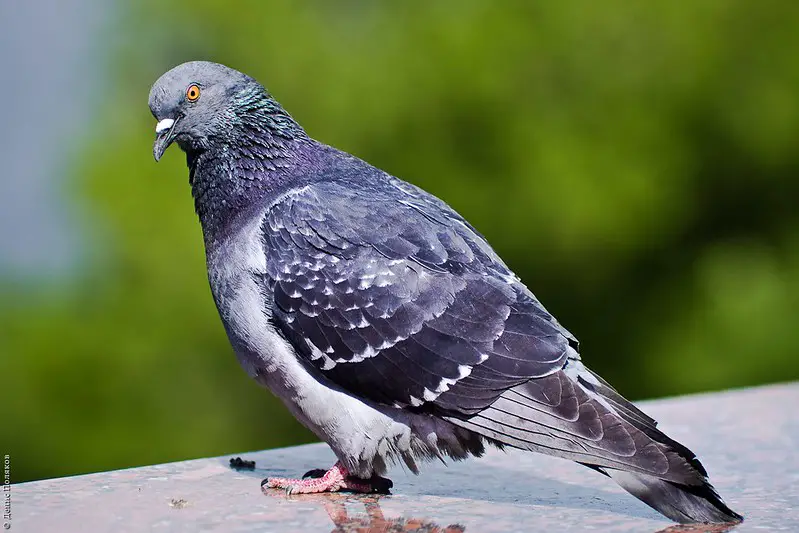
The correct answer is D) Pigeon. These common urban birds possess the remarkable ability to see ultraviolet light, a talent that transforms their perception of the world around them.
Pigeons, often dismissed as mundane city dwellers, actually have a complex visual system that far surpasses human capabilities. Their eyes contain four types of cone cells (compared to our three), allowing them to see a broader range of colors, including ultraviolet. This ability helps them in various ways, from finding nutritious food to navigating using UV patterns in the sky. Pigeons can even use their UV vision to assess the quality of potential mates, as some of their feathers reflect UV light in patterns invisible to the human eye.
2. The Headless Survivor
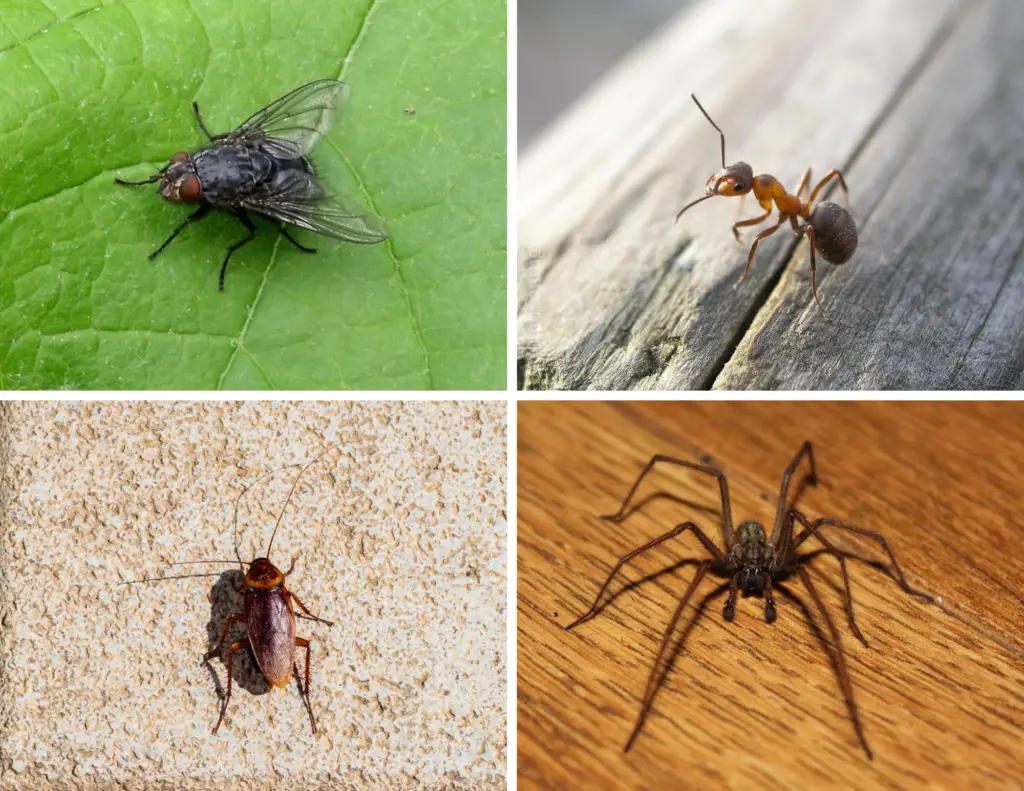
This resilient creature possesses an almost supernatural ability to endure extreme conditions. In a feat that seems to defy the laws of nature, this animal can continue living for weeks even after losing its head. Without a brain, it carries on with its daily activities, only succumbing eventually to dehydration.
This animal’s incredible survival mechanism is due to its decentralized nervous system and unique respiratory structure. Its ability to function without a head has fascinated scientists and horror enthusiasts alike. What common household pest boasts this seemingly impossible superpower of headless survival?
A) Fly
B) Ant
C) Cockroach
D) Spider
Answer:
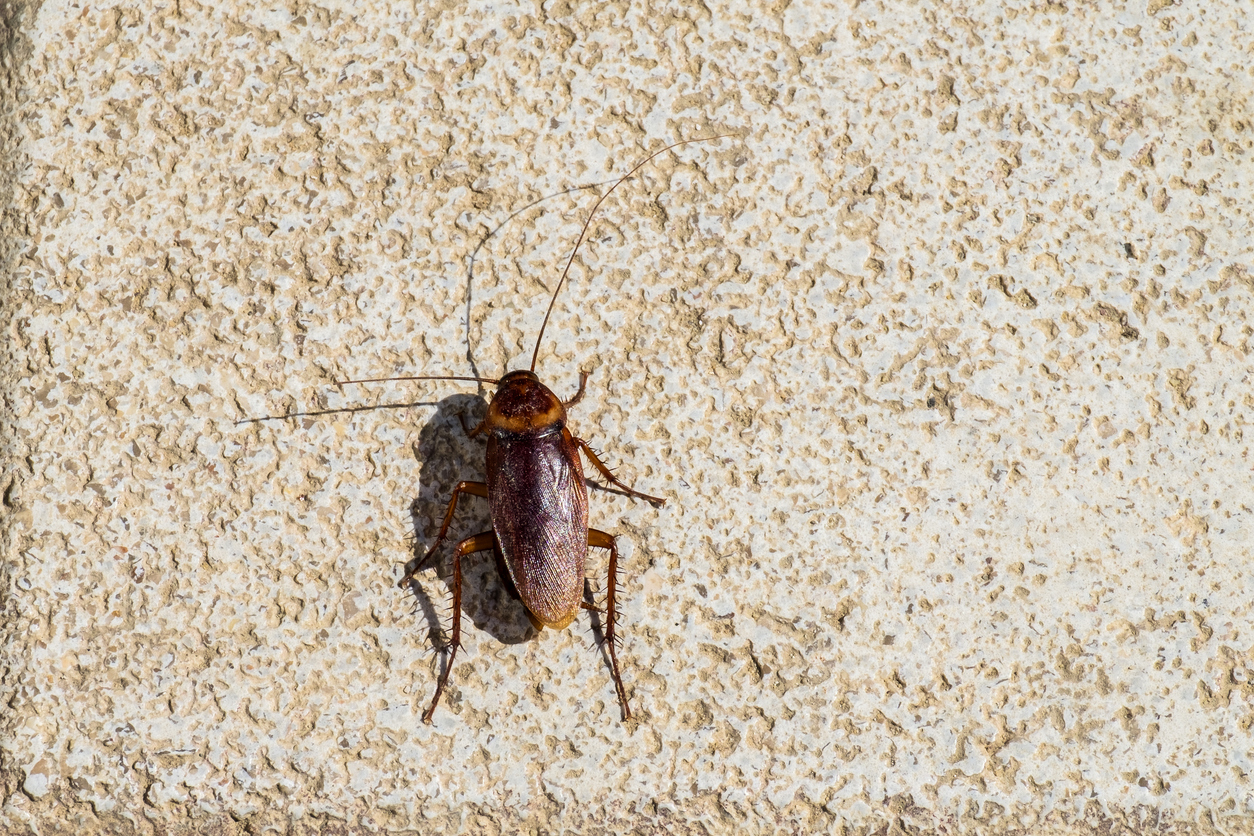
The correct answer is C) Cockroach. These notorious household pests can indeed survive for weeks without their heads, a feat that showcases their remarkable resilience.
Cockroaches possess a decentralized nervous system, with nerve tissue distributed throughout their bodies. This allows them to continue functioning even when decapitated. Their breathing system, which operates through spiracles on each body segment, enables them to breathe without a head. Additionally, cockroaches have an open circulatory system, which prevents them from bleeding to death when injured. They can survive on the nutrients stored in their bodies for weeks, only dying eventually from the inability to drink water.
3. The Aquatic Acrobat

This underwater dweller possesses an astonishing ability to defy gravity. With powerful muscles and a streamlined body, it can propel itself out of the water to heights up to seven times its body length. This impressive feat is not just for show; it serves crucial purposes in the animal’s life cycle and survival.
The creature’s acrobatic skills are essential for overcoming obstacles in its native rivers and streams. Its leaping ability allows it to navigate waterfalls and rapids, playing a vital role in its epic migratory journeys. What common aquatic animal possesses this superpower of extraordinary leaping?
A) Trout
B) Salmon
C) Tuna
D) Dolphin
Answer:

The correct answer is B) Salmon. These remarkable fish are known for their incredible leaping abilities, which play a crucial role in their life cycle and migration.
Salmon can jump up to 12 feet (3.6 meters) high, an astounding feat considering their average body length. This ability is essential for their upstream migration to spawning grounds, allowing them to overcome obstacles like waterfalls and fish ladders. The power for these leaps comes from their strong, muscular bodies and tail fins, which they use to propel themselves out of the water. Salmon’s jumping ability is not just a matter of strength but also of timing and precision, as they must calculate the right moment to leap to successfully clear obstacles.
4.The Swivel-Headed Hunter
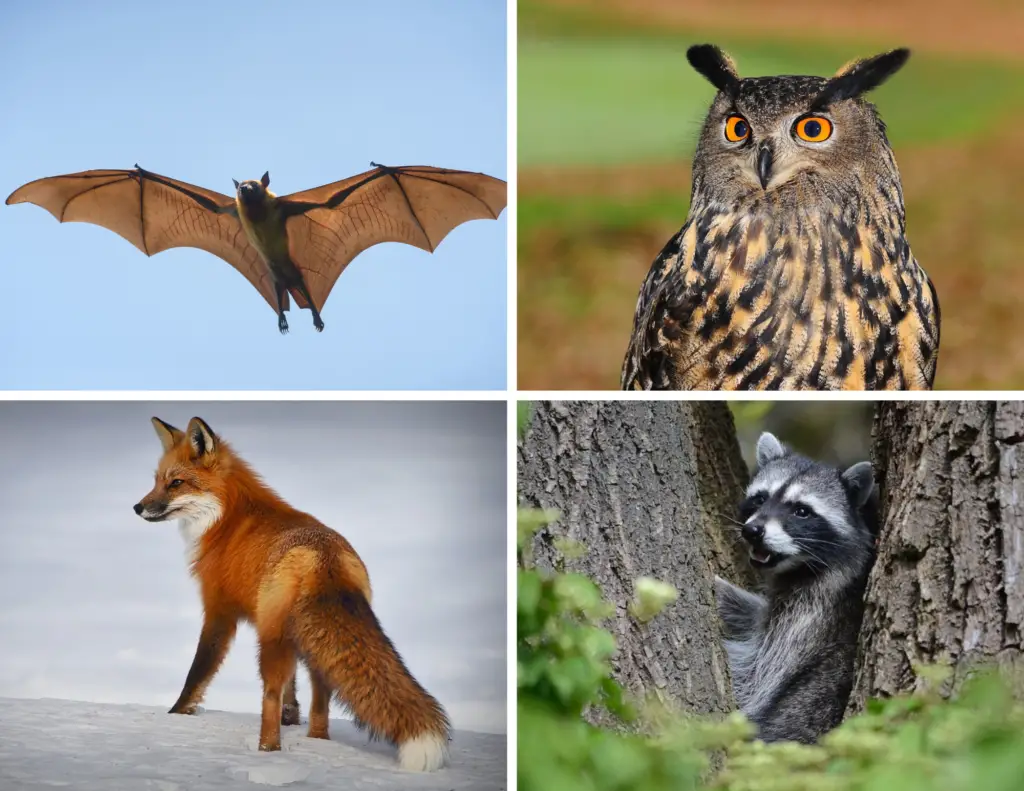
This nocturnal predator possesses a neck that seems to defy the laws of anatomy. With the ability to rotate its head up to 270 degrees in either direction, this creature can survey its surroundings without moving its body, giving it an almost supernatural awareness of its environment.
This animal’s extraordinary neck flexibility is complemented by large, forward-facing eyes that provide excellent depth perception. Its ability to turn its head so dramatically compensates for the fact that its eyes are fixed in their sockets. What common night-time hunter boasts this superpower of extreme head rotation?
A) Bat
B) Owl
C) Fox
D) Raccoon
Answer:
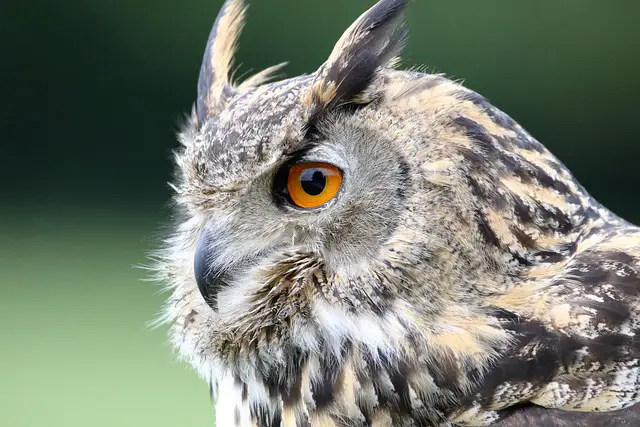
The correct answer is B) Owl. These nocturnal birds of prey are renowned for their ability to rotate their heads up to 270 degrees, a feature that greatly enhances their hunting prowess.
Owls have several anatomical adaptations that allow for this extreme head rotation. They have 14 neck vertebrae (compared to 7 in humans), which provides greater flexibility. Their cervical arteries have small reservoirs of blood, which ensure the brain continues to receive blood flow even when the neck is twisted. Additionally, the vertebral artery enters the neck higher up than in other birds, reducing the risk of being pinched during rotation. This remarkable ability allows owls to keep their body still while surveying their surroundings, making them incredibly stealthy hunters.
5. The Regeneration Master
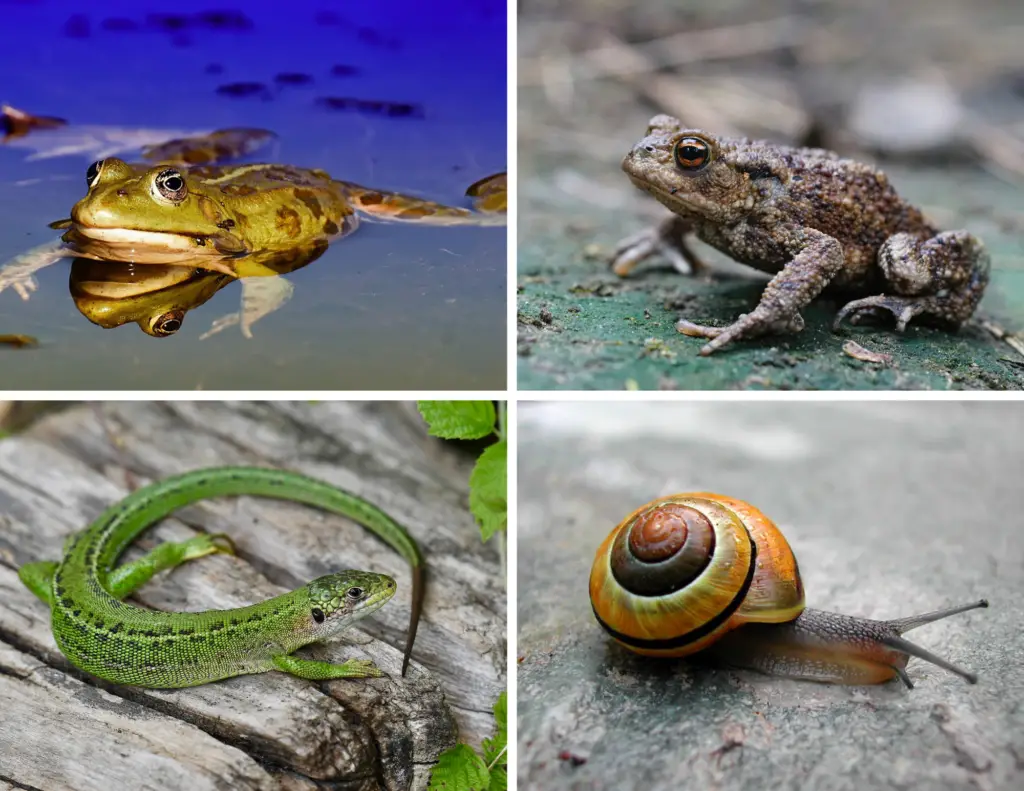
This common garden dweller possesses an extraordinary ability to regrow lost body parts. Far beyond simple wound healing, this creature can regenerate complex structures including its tail, limbs, and even parts of its brain and heart. This remarkable feat of biological reconstruction allows it to survive injuries that would be fatal to most other animals.
The animal’s regenerative abilities are so advanced that it can even regrow its spinal cord, a feat impossible for most vertebrates. This superpower not only aids in survival but has also made this creature a subject of intense scientific study, with potential implications for regenerative medicine. What backyard animal possesses this amazing ability to recreate lost body parts?
A) Frog
B) Toad
C) Lizard
D) Snail
Answer:
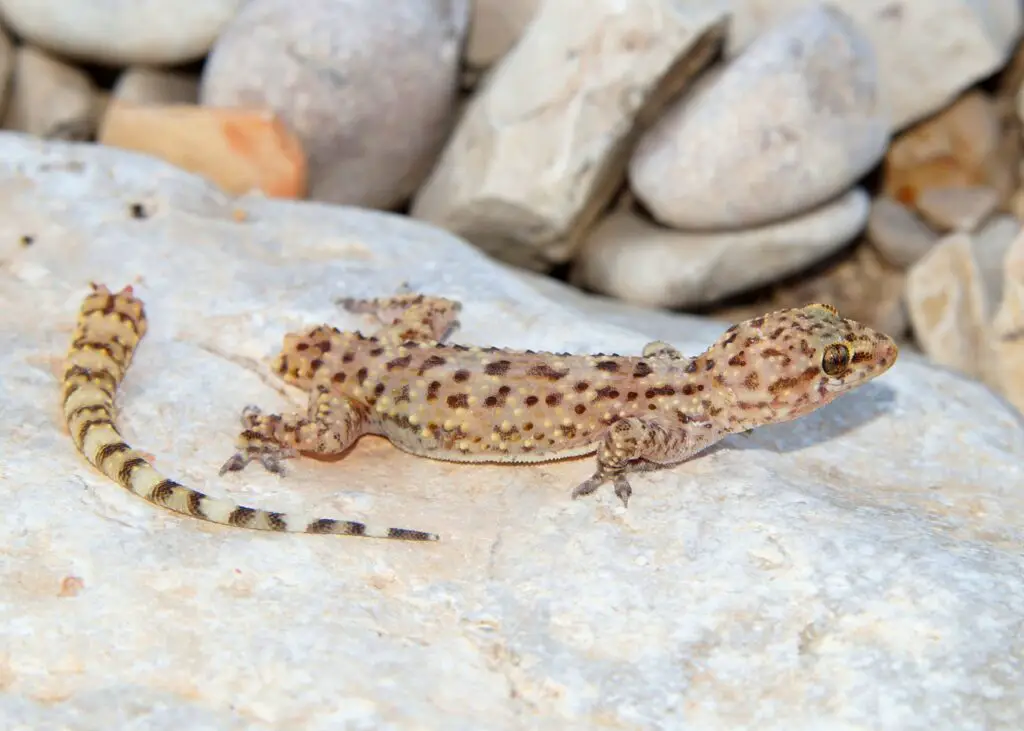
The correct answer is C) Lizard. Many species of lizards possess remarkable regenerative abilities, with the most famous example being their ability to regrow their tails.
Lizards can regenerate not just their tails, but also parts of their brain, heart, and spinal cord. This process is facilitated by special stem cells that can develop into various types of tissues. When a lizard loses its tail, for instance, these cells rapidly divide and differentiate to form new muscle, cartilage, and even nerves. The regrown tail, while not identical to the original, serves its purpose in balance and predator distraction. Some species, like the leopard gecko, can even regenerate parts of their brain, a ability that has significant implications for neuroscience research.
6. The Electrical Sensor
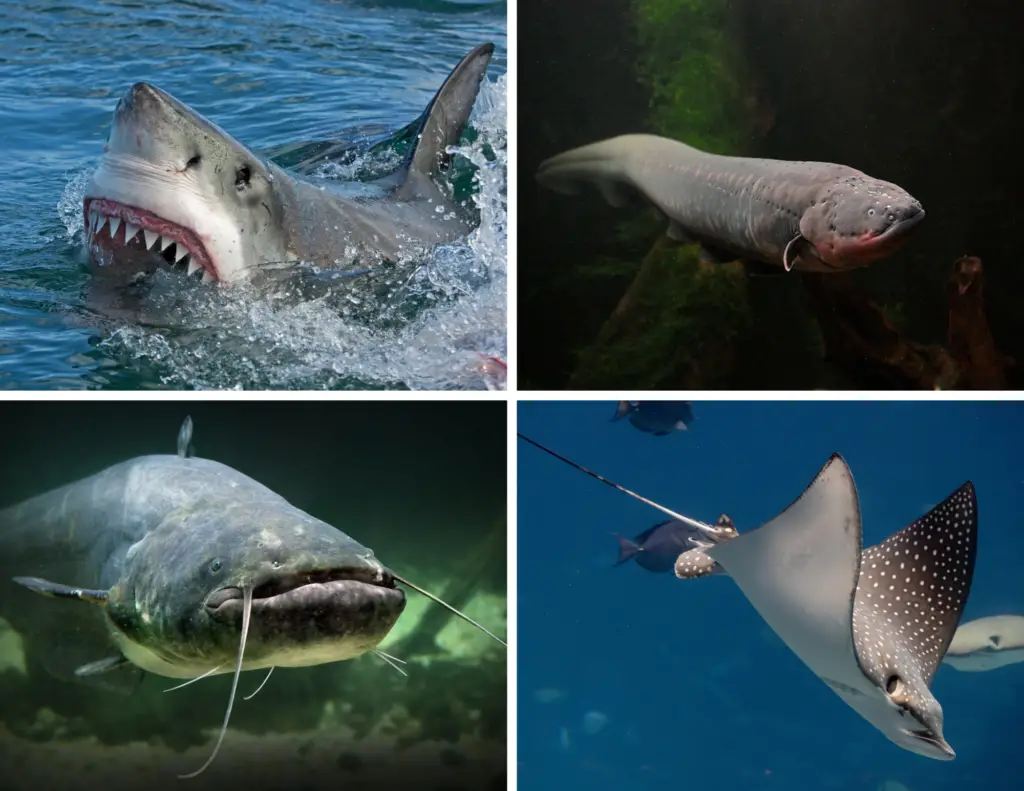
This aquatic creature possesses an extraordinary ability to detect electrical fields in its environment. Using specialized organs, it can sense the minute electrical impulses generated by the muscle movements of other animals, allowing it to navigate, hunt, and communicate in complete darkness or murky waters.
This animal’s electrical sensing ability is so refined that it can detect fields as weak as 5 nanovolts per centimeter – equivalent to the charge produced by a 1.5-volt battery over a distance of 1,000 miles. This superpower gives the creature a significant advantage in its underwater habitat, where visibility is often poor. What common aquatic animal possesses this remarkable talent for electrical detection?
A) Shark
B) Eel
C) Catfish
D) Stingray
Answer:
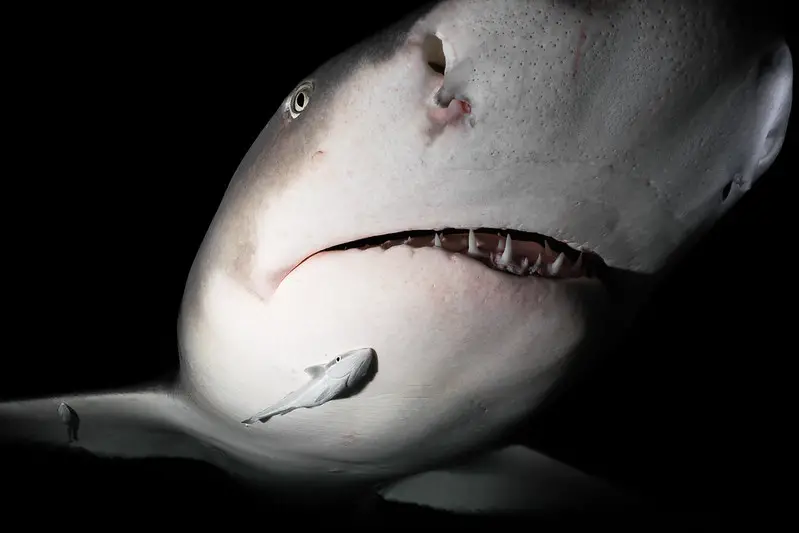
The correct answer is A) Shark. Many species of sharks possess this remarkable ability to detect electrical fields, a sense known as electroreception.
Sharks use specialized organs called ampullae of Lorenzini to detect electrical fields. These jelly-filled pores are primarily located on the shark’s snout and are extremely sensitive to electrical stimuli. This ability allows sharks to detect the weak electrical fields generated by the muscle contractions of potential prey, even when the prey is hidden in sand or murky water. Electroreception also aids in navigation, as sharks can use it to detect the Earth’s magnetic field. Some species can even use this sense for communication with other sharks.
7. The Oxygen-Free Survivor

This small creature possesses an astounding ability to survive without oxygen for extended periods. Unlike most animals that depend on a constant supply of oxygen, this organism can switch to an alternative metabolic pathway that doesn’t require oxygen, allowing it to endure in environments that would be lethal to most other life forms.
This animal’s unique adaptation enables it to survive in diverse and often extreme habitats, from the depths of pond muck to the harsh conditions of outer space. Its ability to enter a state of cryptobiosis, essentially suspending its metabolism, has made it a subject of intense scientific interest. What tiny but incredibly resilient creature possesses this superpower of surviving without oxygen?
A) Fruit fly
B) Water bear (Tardigrade)
C) Earthworm
D) Ant
Answer:
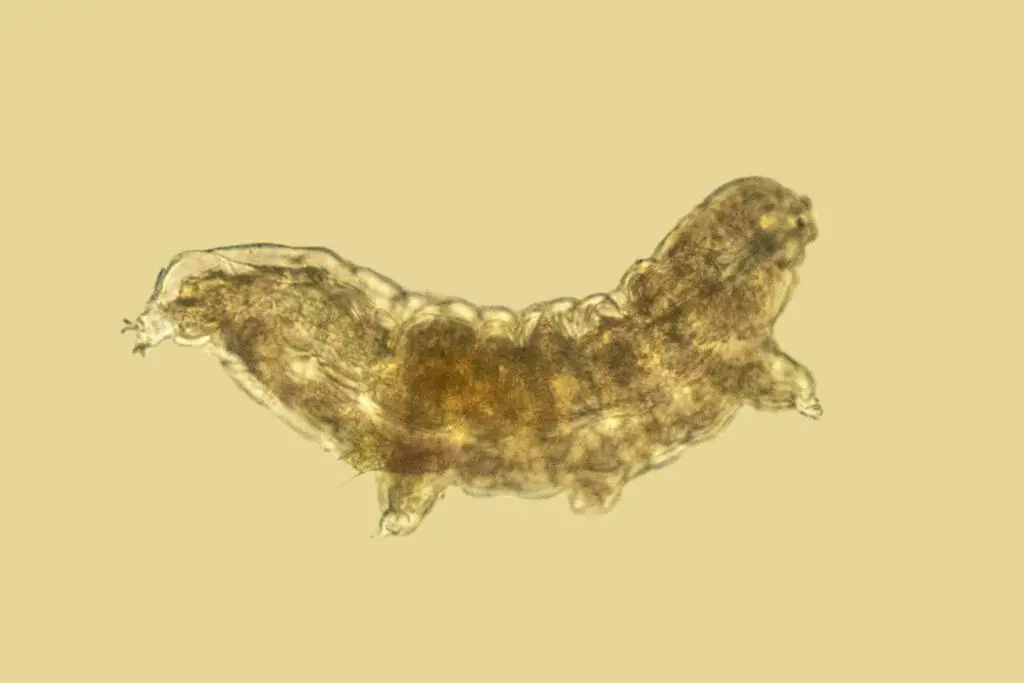
The correct answer is B) Water bear (Tardigrade). These microscopic animals, also known as moss piglets, are renowned for their extraordinary resilience and ability to survive extreme conditions, including the absence of oxygen.
Tardigrades can enter a state called anhydrobiosis, where they essentially dehydrate themselves and enter a dormant state. In this condition, they can survive without oxygen for long periods – some studies suggest up to 30 years. They achieve this by replacing the water in their bodies with a sugar called trehalose, which forms a glass-like state that preserves their cellular structure. When reintroduced to water, they can rehydrate and resume normal metabolic functions. This ability, along with their resistance to extreme temperatures, pressure, and even radiation, has made tardigrades subjects of extensive research in fields ranging from medicine to astrobiology.
8. The Magnetic Navigator
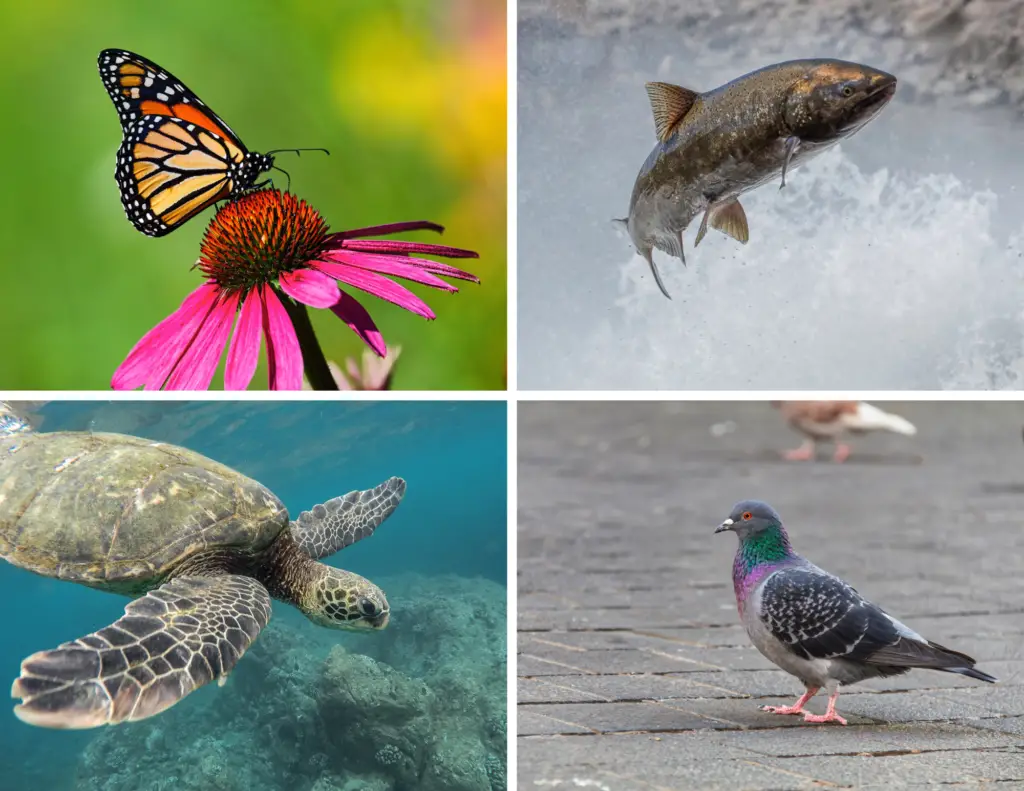
This creature possesses an internal compass that allows it to navigate across vast distances with remarkable precision. Using its ability to detect the Earth’s magnetic field, this animal can orient itself and find its way during long migrations, often returning to the exact location where it was born.
The animal’s magnetic sense is believed to involve specialized cells containing magnetite, a naturally magnetic mineral. This internal GPS system enables the creature to navigate even when other cues like the sun or stars are not visible. What common animal possesses this superpower of magnetic navigation?
A) Butterfly
B) Salmon
C) Sea turtle
D) Pigeon
Answer:
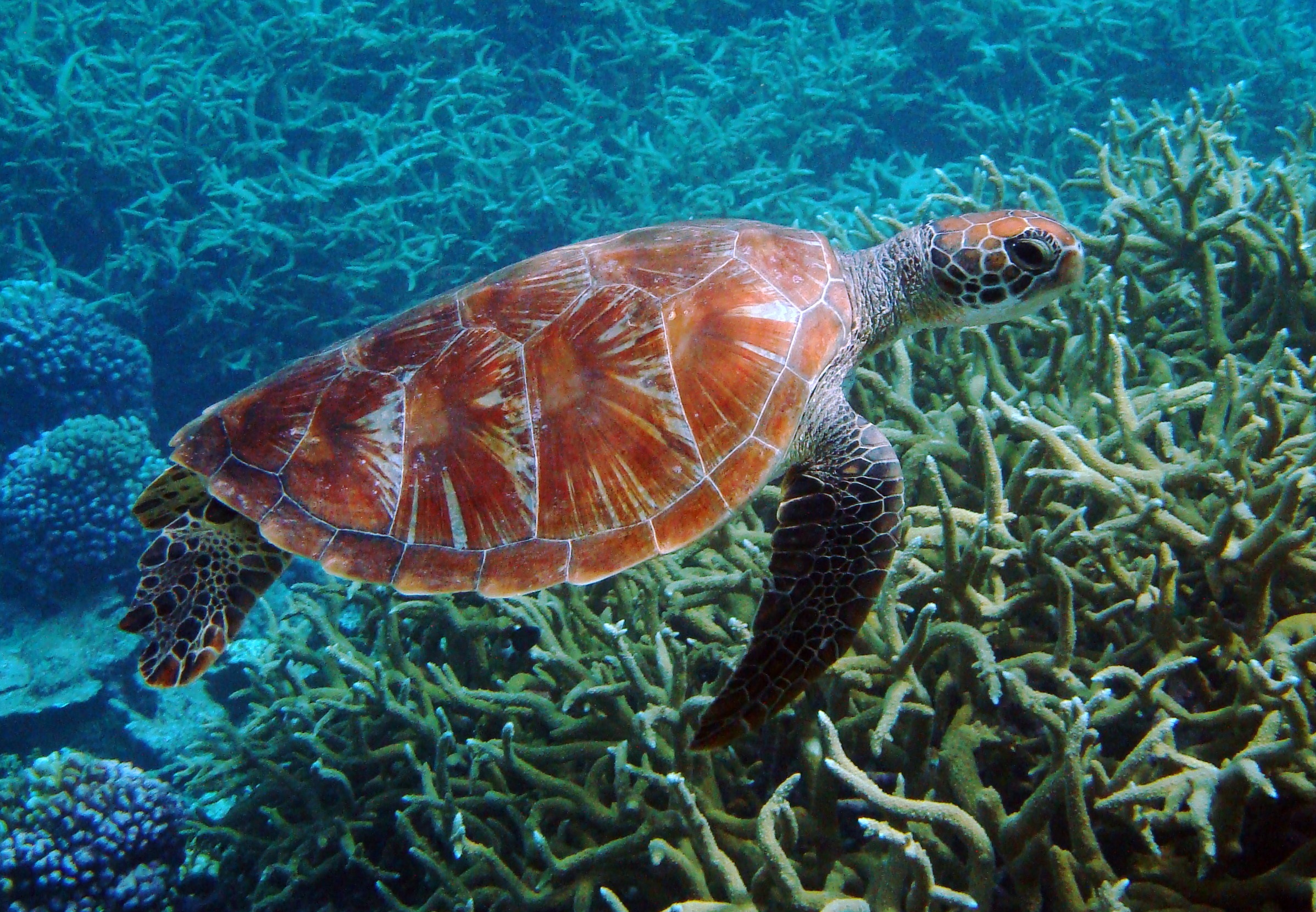
The correct answer is C) Sea turtle. These marine reptiles are known for their remarkable ability to navigate across vast ocean distances using the Earth’s magnetic field.
Sea turtles possess an innate ability to detect both the intensity and inclination of Earth’s magnetic field. This allows them to determine their latitude and longitude, essentially giving them a global positioning system. Newborn sea turtles use this ability to navigate from their nesting beaches to the open ocean, and adult females use it to return to their natal beaches to lay eggs, often after migrations of thousands of miles. Research suggests that sea turtles imprint on the magnetic signature of their birth beach, creating a lifelong magnetic map.
9. The Shapeshifting Master
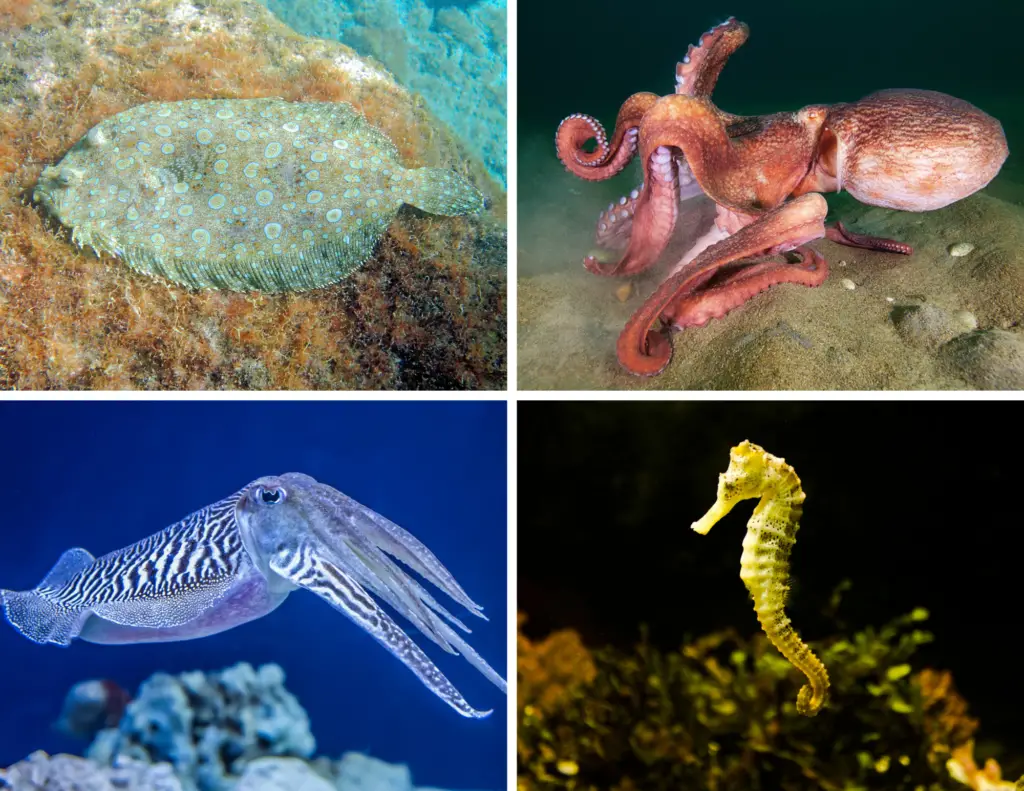
This creature possesses an extraordinary ability to change its appearance at will. Not only can it alter its color, but it can also change the texture of its skin and even the shape of its body. This remarkable talent allows the animal to blend seamlessly into its surroundings, becoming virtually invisible to both predators and prey.
The animal’s color-changing ability is so advanced that it can create complex patterns and textures, mimicking everything from algae-covered rocks to coral reefs. This superpower is not just for camouflage; it’s also used for communication and mating displays. What marine animal possesses this incredible talent for transformation?
A) Flounder
B) Octopus
C) Cuttlefish
D) Seahorse
Answer:
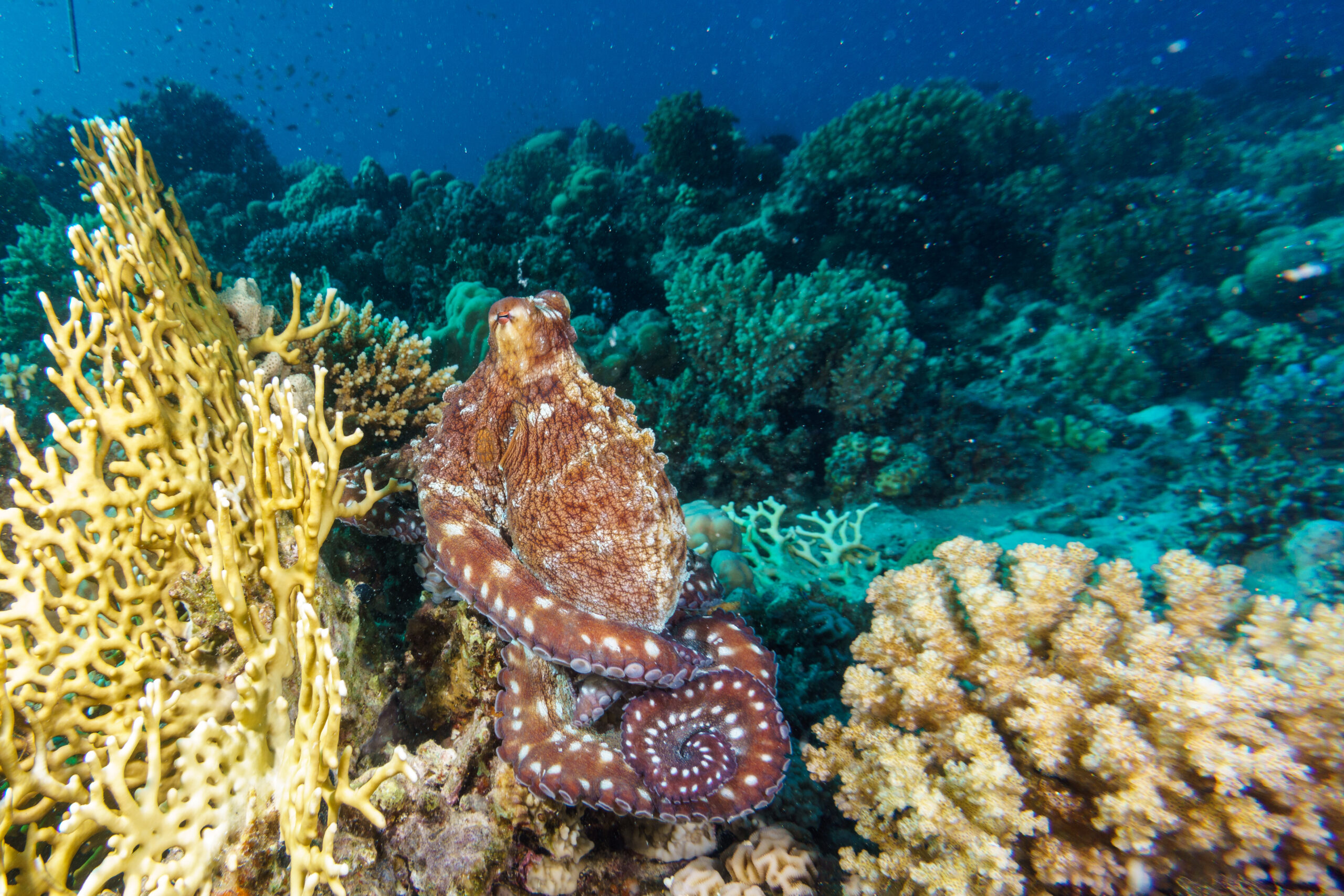
The correct answer is B) Octopus. These intelligent cephalopods are masters of disguise, capable of changing their appearance in ways that seem almost magical.
Octopuses can change their color, pattern, and even skin texture in a fraction of a second, thanks to specialized cells called chromatophores, iridophores, and leucophores. Chromatophores are elastic sacs filled with pigment that can expand or contract, while iridophores and leucophores reflect light in different ways to produce iridescent or white coloration. Additionally, octopuses can control the texture of their skin, creating bumps and ridges to mimic the surrounding environment. Some species can even change their body shape to mimic other sea creatures. This incredible ability serves multiple purposes: camouflage for hunting or avoiding predators, communication with other octopuses, and even dazzling displays to warn off potential threats.
10. The Frozen Survivor
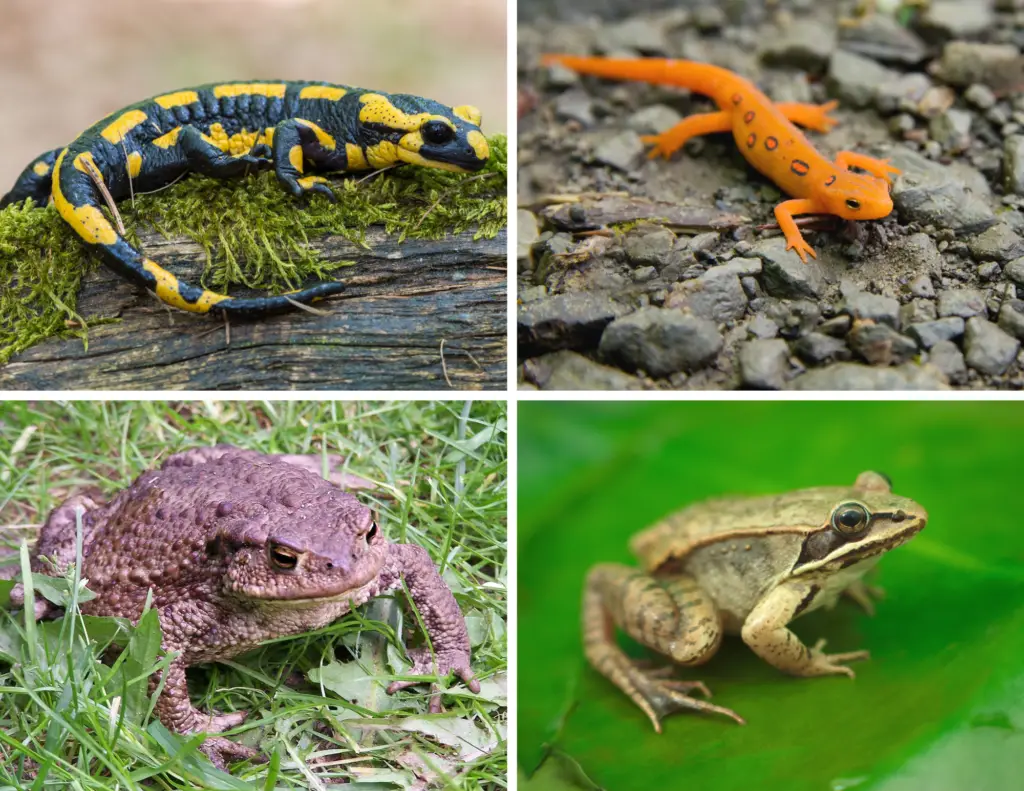
This small creature possesses an astonishing ability to survive being frozen solid. Unlike most animals that would perish if their body fluids froze, this organism can endure having up to 65% of the water in its body turn to ice. It can remain in this frozen state for months, thawing out and resuming normal activities when temperatures rise.
The animal achieves this feat through a process similar to cryopreservation. It produces a type of antifreeze protein that prevents the formation of ice crystals in its cells, which would otherwise cause fatal damage. This superpower allows the creature to survive in harsh, cold environments where other animals cannot. What common amphibian possesses this remarkable ability to freeze and thaw?
A) Salamander
B) Newt
C) Toad
D) Wood frog
Answer:

The correct answer is D) Wood frog. These small amphibians, found in North America, have the extraordinary ability to survive being frozen for extended periods.
Wood frogs produce large amounts of glucose and urea in their tissues when temperatures drop, which act as a natural antifreeze. This prevents the formation of ice crystals inside their cells, which would cause fatal damage. Instead, ice forms in the spaces between cells and organs. During this frozen state, the frog’s heart stops beating, and it ceases breathing. Despite appearing completely lifeless, the frog’s vital organs are protected by the concentrated glucose. When temperatures rise, the frog thaws from the inside out, with the heart and brain resuming function before the rest of the body. This remarkable adaptation allows wood frogs to survive winter in regions where temperatures regularly drop well below freezing.
11. The Venomous Healer
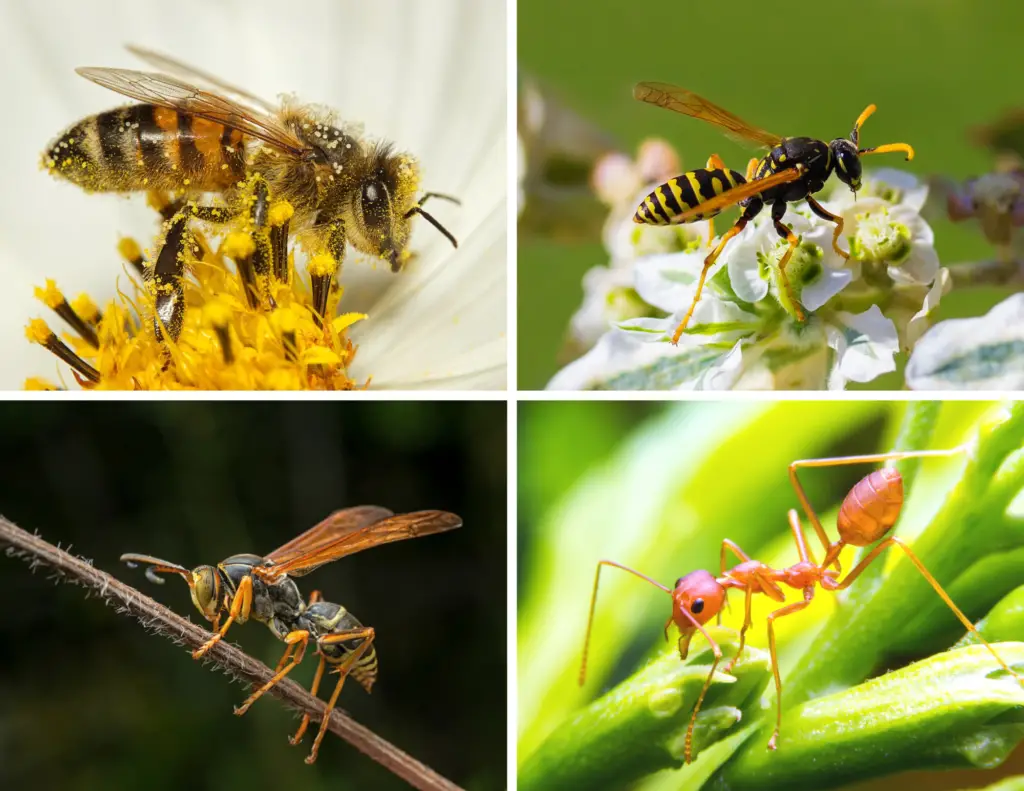
This small, unassuming creature harbors a potent secret within its venom. While its sting is painful to humans, scientists have discovered that compounds in its venom have remarkable therapeutic potential. These molecules show promise in treating a range of conditions, from chronic pain to autoimmune diseases.
Research into this animal’s venom has revealed peptides that can selectively target and block specific types of pain receptors, offering hope for new, non-addictive pain medications. Other components of the venom show anti-inflammatory and immune-modulating properties. What common stinging insect possesses this superpower of potentially healing venom?
A) Honeybee
B) Wasp
C) Hornet
D) Fire ant
Answer:
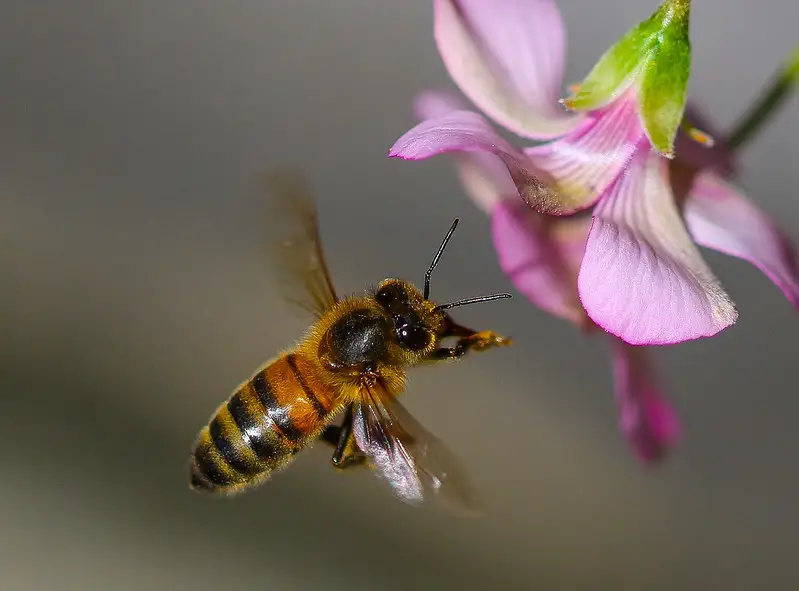
The correct answer is A) Honeybee. While their stings are painful, honeybee venom contains compounds with significant medicinal potential.
Honeybee venom is a complex mixture of proteins, peptides, and other bioactive compounds. One of the most studied components is melittin, a peptide that has shown anti-inflammatory, antimicrobial, and potential anti-cancer properties. Another compound, apamin, is being researched for its potential in treating neurodegenerative diseases like Parkinson’s. The venom also contains adolapin, which has pain-relieving and anti-inflammatory effects. These discoveries have led to increased research into bee venom therapy, exploring its potential for treating conditions ranging from arthritis to multiple sclerosis.
12. The Gravity-Defying Climber
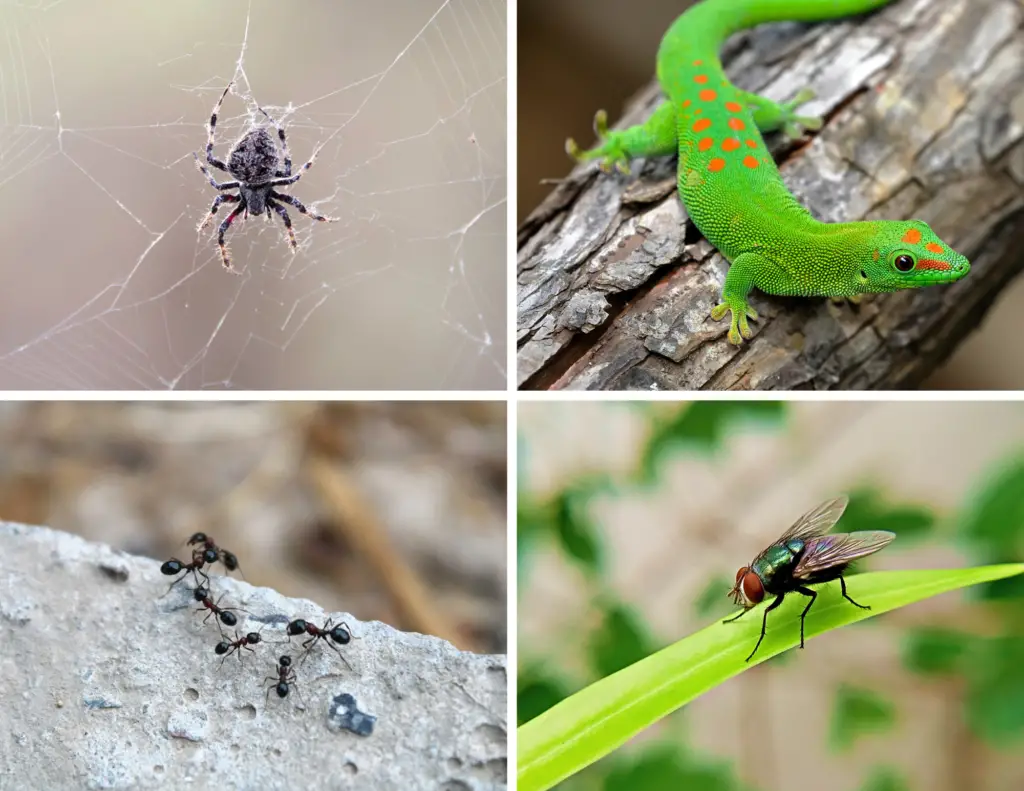
This small creature possesses an extraordinary ability to walk on vertical surfaces and even upside down on ceilings. Its feet are equipped with microscopic structures that allow it to adhere to almost any surface, defying gravity with ease. This superpower enables the animal to access food sources and escape predators in ways that seem to break the laws of physics.
The secret to this animal’s climbing ability lies in the millions of tiny hairs on its feet, each split into hundreds of even smaller structures. These structures create a molecular attraction known as van der Waals forces, allowing the creature to stick to surfaces without any glue or suction. What common household visitor possesses this remarkable talent for defying gravity?
A) Spider
B) Gecko
C) Ant
D) House fly
Answer:
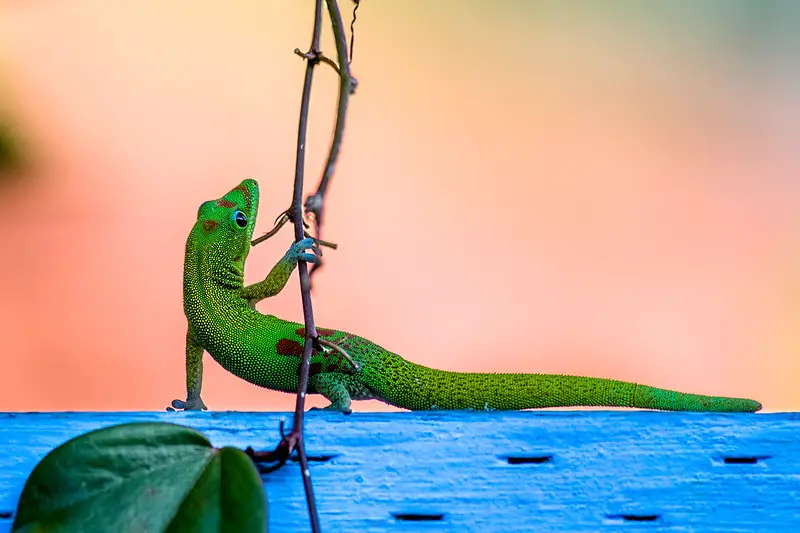
The correct answer is B) Gecko. These small lizards are renowned for their ability to climb smooth vertical surfaces and even walk upside down on ceilings.
Geckos’ feet are covered in millions of microscopic hairs called setae, each of which splits into hundreds of even tinier structures called spatulae. These spatulae are so small that they interact with surfaces at a molecular level, creating van der Waals forces – weak intermolecular attractions that become strong when multiplied across millions of contact points. This allows geckos to adhere to almost any surface without the use of liquids or surface tension. Remarkably, this adhesion is directional, allowing geckos to attach and detach their feet quickly as they move. This incredible adaptation has inspired biomimetic technologies, including the development of new adhesives and climbing robots.
13. The Living Battery

This unusual creature possesses the ability to generate and discharge electricity, using it both for navigation and as a weapon. Unlike the weak electrical fields produced by most animals, this organism can produce powerful electrical discharges capable of stunning prey or deterring predators.
The animal’s electrical organs, modified from muscle tissue, can produce voltages of up to 860 volts and currents of up to 1 ampere. This bioelectricity is used not only for hunting and self-defense but also for communication and navigation in murky waters. What aquatic animal possesses this superpower of being a living electrical generator?
A) Electric eel
B) Electric ray
C) Stargazer
D) Electric catfish
Answer:
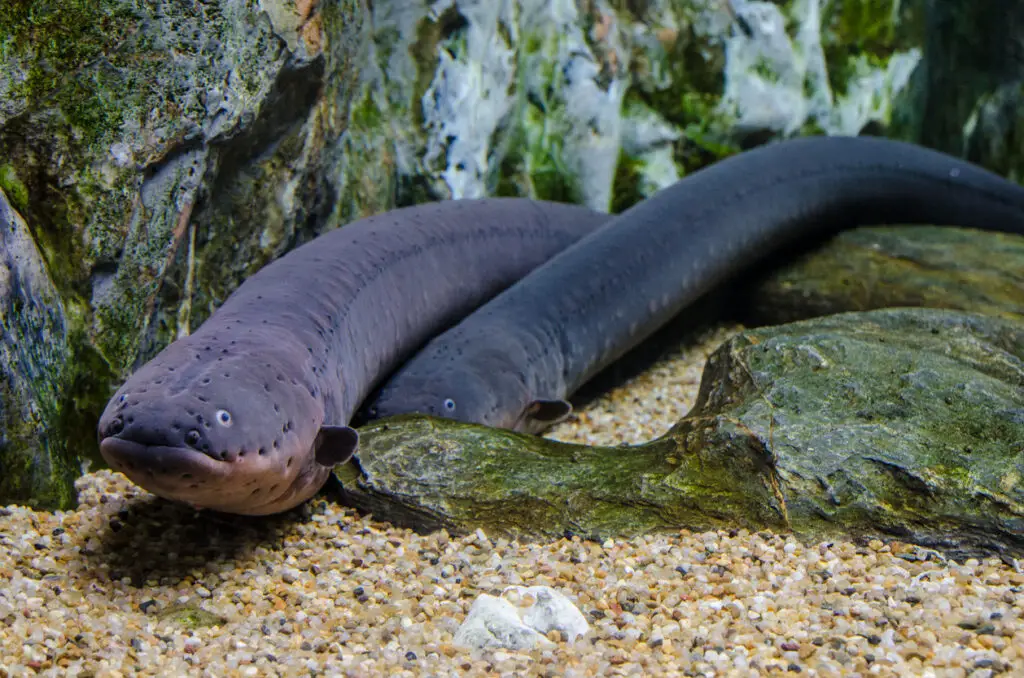
The correct answer is A) Electric eel. Despite its name, this South American fish is actually more closely related to catfish than true eels, but it is indeed capable of generating powerful electrical discharges.
Electric eels possess specialized electric organs that make up about 80% of their body. These organs contain thousands of modified muscle cells called electrocytes, stacked like batteries in series. When the eel wants to generate electricity, nerve signals cause all of these cells to open ion channels simultaneously, creating a rapid electrical current. This current can be used in three ways: to navigate and sense their environment (using weak signals), to stun prey (using stronger pulses), and to deter predators (using the strongest shocks). Interestingly, electric eels can even leap out of the water to shock potential threats, demonstrating the versatility of this adaptation.
14. The Immortal Regenerator
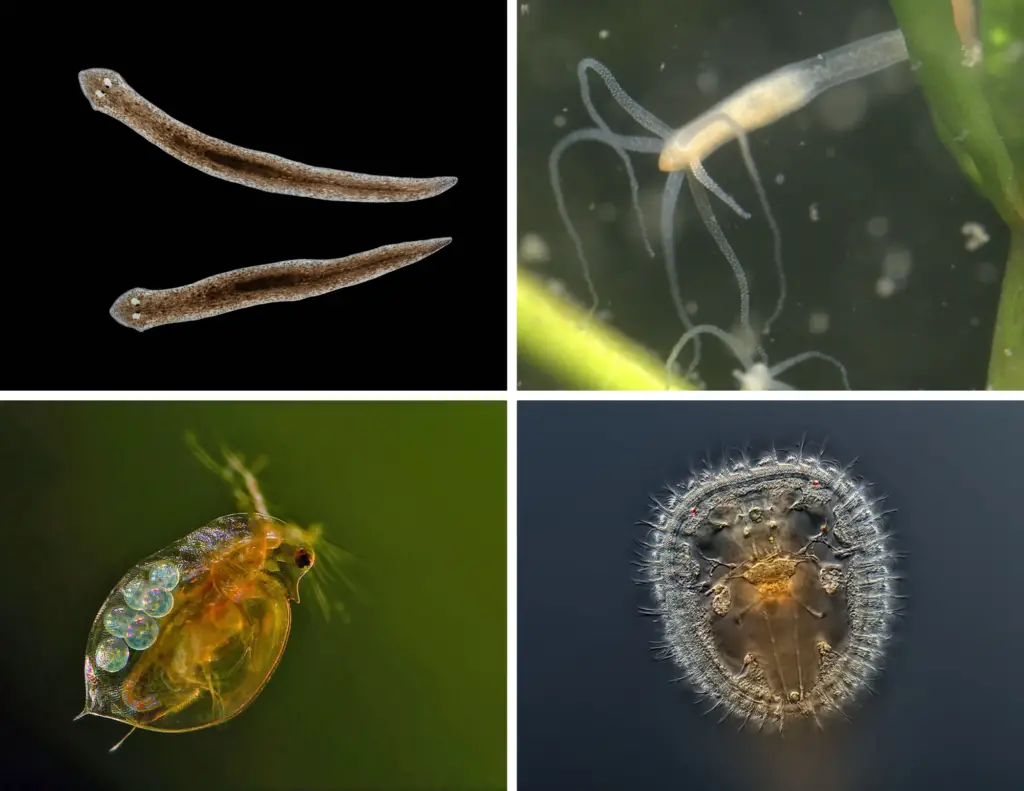
This small aquatic creature possesses an extraordinary ability to regenerate any part of its body, including its head and internal organs. Even more remarkably, it appears to be biologically immortal, showing no signs of aging or increased mortality over time. This combination of regenerative prowess and potential immortality makes it a subject of intense scientific interest.
The animal achieves this feat through a large population of stem cells that can transform into any type of cell needed. When injured, it can regenerate complex structures in a matter of days. What tiny freshwater animal possesses this incredible superpower of regeneration and potential immortality?
A) Planaria
B) Hydra
C) Water flea
D) Rotifer
Answer:
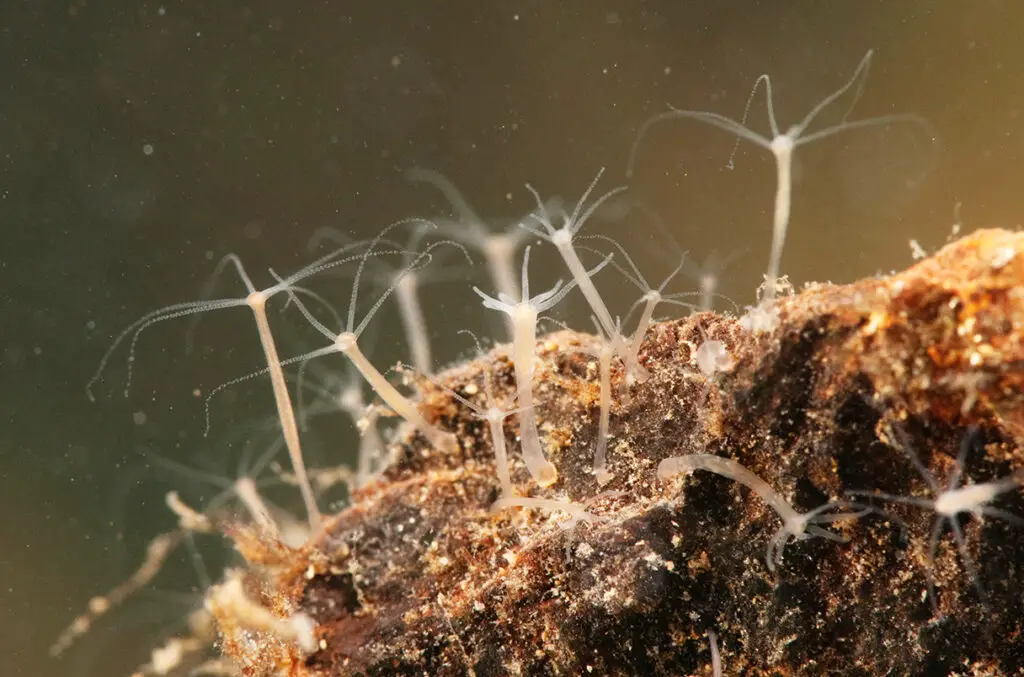
The correct answer is B) Hydra. These small, freshwater animals belonging to the phylum Cnidaria display remarkable regenerative abilities and show no signs of senescence (biological aging).
Hydras possess stem cells that continuously divide and differentiate, allowing them to replace all the cells in their body every 20 days. This constant renewal process enables them to regenerate any part of their body, including their head, within days of injury. Even more astounding is their apparent lack of aging; studies have shown that hydras do not experience an increase in mortality or a decrease in reproductive rate over time, suggesting biological immortality. This is achieved through the continuous activity of their stem cells and the expression of genes associated with youthfulness.
15. The Mimicry Master
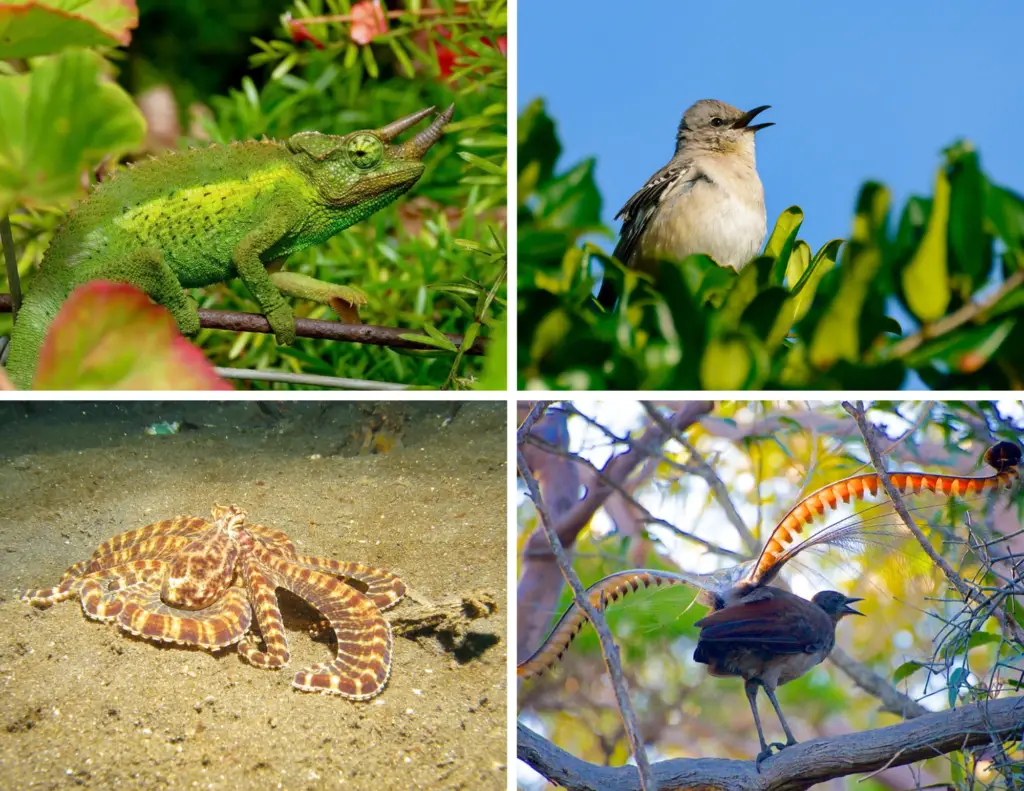
This creature possesses an uncanny ability to mimic not just the appearance, but also the behaviors and sounds of other animals. Its repertoire includes an astonishing variety of species, from predators to harmless creatures, which it uses for both defense and hunting. This superpower of imitation goes far beyond simple camouflage, representing a sophisticated form of deception.
The animal’s mimicry is so advanced that it can change its appearance and behavior in seconds, adapting to different situations as needed. Its vocal imitations are particularly impressive, able to reproduce complex sounds with remarkable accuracy. What intelligent creature possesses this extraordinary talent for mimicry?
A) Chameleon
B) Mockingbird
C) Mimic octopus
D) Lyrebird
Answer:
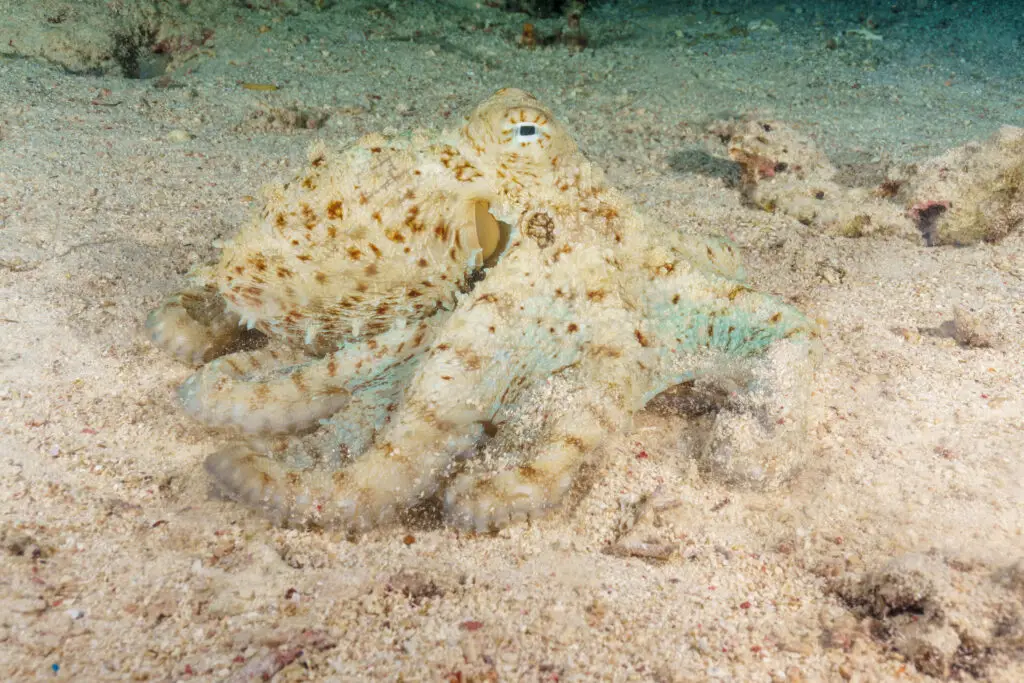
The correct answer is C) Mimic octopus. This remarkable cephalopod, discovered in 1998, is known for its extraordinary ability to impersonate a variety of other marine animals.
The mimic octopus (Thaumoctopus mimicus) can change not only its color and texture like other octopuses but also its shape and behavior to mimic at least 15 different species. It has been observed imitating sea snakes, lionfish, flatfish, and even sea shells. This mimicry serves multiple purposes: to avoid predators, to approach prey, and possibly to intimidate potential threats. For example, when threatened by a damselfish, it might impersonate a banded sea snake, a known predator of damselfish. The mimic octopus’s intelligence and adaptability allow it to choose the most appropriate disguise for each situation.
16. The Toxic Recycler
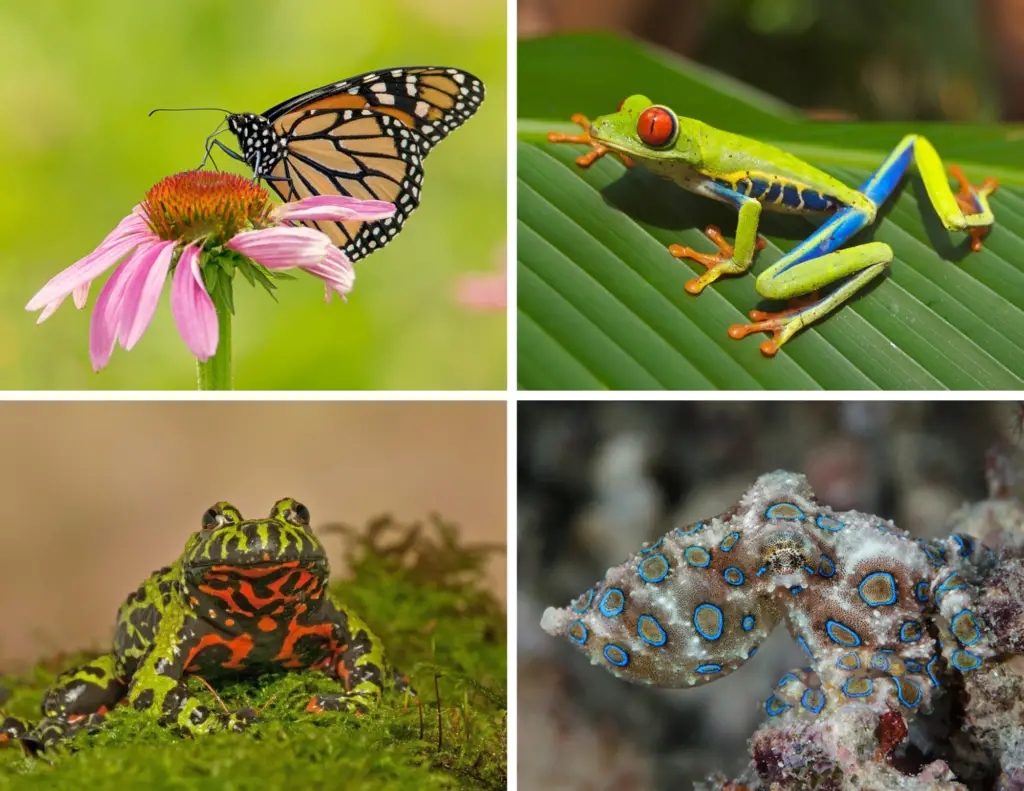
This brightly colored creature possesses a unique ability to acquire and repurpose toxins from its diet for its own defense. Unlike most animals that produce their own venom, this organism sequesters poisonous compounds from the prey it consumes, becoming toxic itself without suffering any ill effects.
The animal’s bright colors serve as a warning to potential predators, advertising its toxicity. This method of chemical defense, known as sequestration, allows the creature to defend itself without expending energy to produce its own toxins. What small, colorful animal possesses this superpower of toxic recycling?
A) Monarch butterfly
B) Poison dart frog
C) Fire-bellied toad
D) Blue-ringed octopus
Answer:
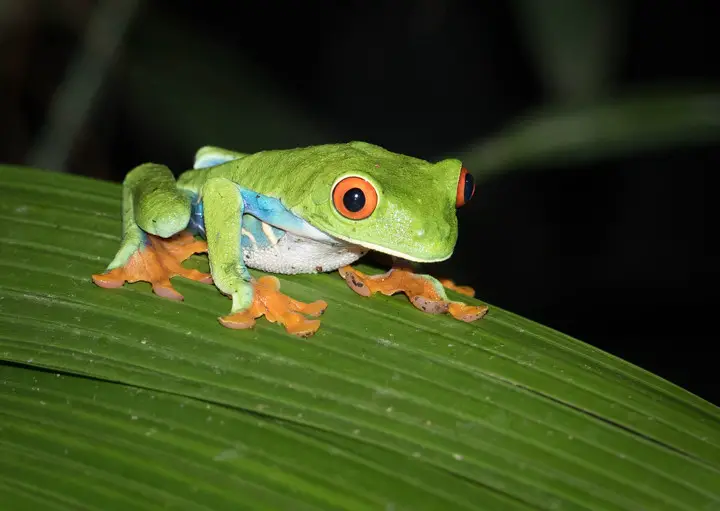
The correct answer is B) Poison dart frog. These small, brightly colored amphibians from Central and South America are famous for their ability to sequester toxins from their diet.
Poison dart frogs acquire their toxins primarily from the ants, mites, and other small arthropods they eat in the wild. The frogs then modify and concentrate these compounds in their skin glands, making them far more toxic than their prey. The level of toxicity varies among species, with some being merely unpalatable while others are lethal to potential predators. Interestingly, poison dart frogs raised in captivity on a diet of non-toxic insects do not develop toxicity, confirming that their poisons are derived from their diet rather than produced internally. The frogs’ bright colors, known as aposematic coloration, serve as a warning to predators about their toxicity.
17. The Bubble Net Hunter
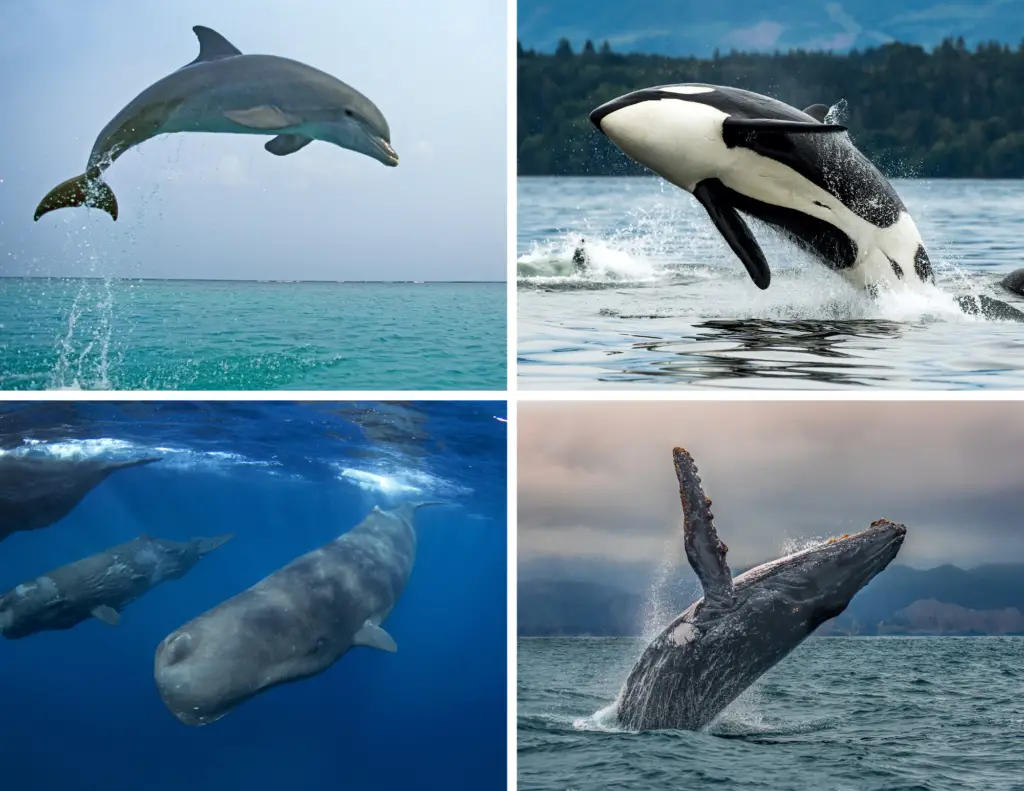
This large marine mammal possesses a unique and sophisticated hunting technique that involves the use of bubbles as a tool. Working in coordinated groups, these animals create spiral nets of bubbles to corral and trap schools of fish, demonstrating a level of cooperation and problem-solving rarely seen in the animal kingdom.
The process begins with the animals diving deep and then swimming in an upward spiral while releasing a steady stream of bubbles. These bubbles form a circular wall that fish are reluctant to swim through. As the bubble net rises and constricts, it concentrates the fish into a tight ball near the surface, where the hunters can easily scoop them up in their enormous mouths. What intelligent marine creature possesses this superpower of bubble net feeding?
A) Dolphin
B) Killer whale (Orca)
C) Sperm whale
D) Humpback whale
Answer:
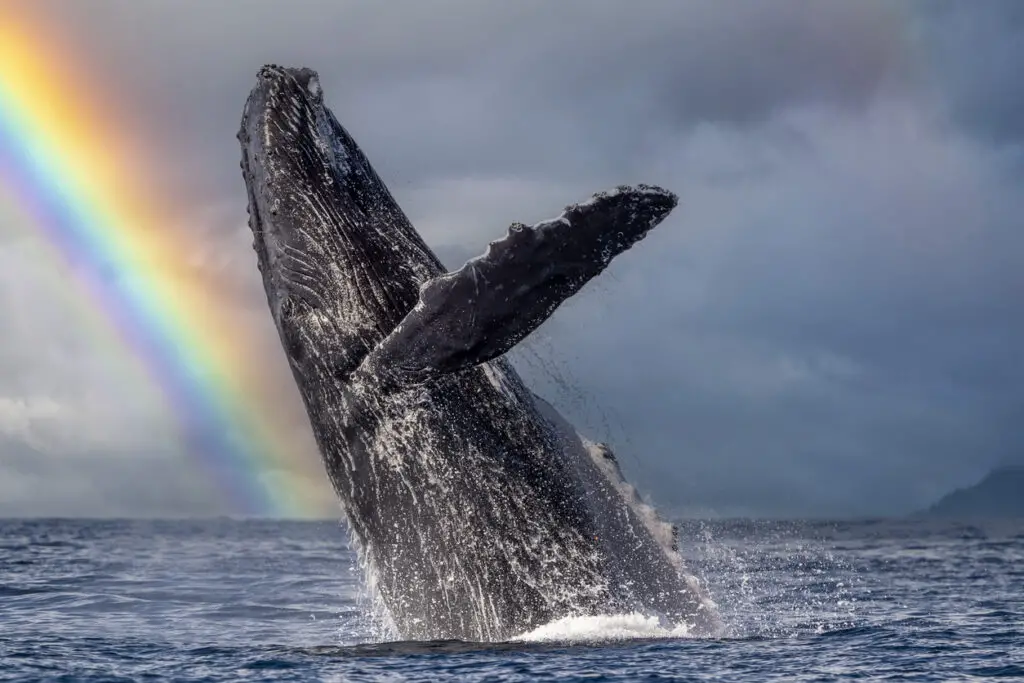
The correct answer is D) Humpback whale. These massive marine mammals are renowned for their complex and cooperative bubble net feeding technique.
Humpback whales have refined this hunting method to an art form. A group of whales will work together, with some blowing the bubbles to create the net while others herd the fish into the trap. Some whales may even produce loud vocalizations to further disorient and concentrate the prey. Once the fish are corralled, the whales will swim upward through the center of the bubble net with their mouths open, engulfing large quantities of fish along with seawater. This technique requires a high degree of coordination and communication among the whales, showcasing their intelligence and social complexity. Interestingly, not all humpback whale populations use this technique, suggesting that it’s a learned behavior passed down through generations in certain groups.
18. The Projectile Tongue Sniper
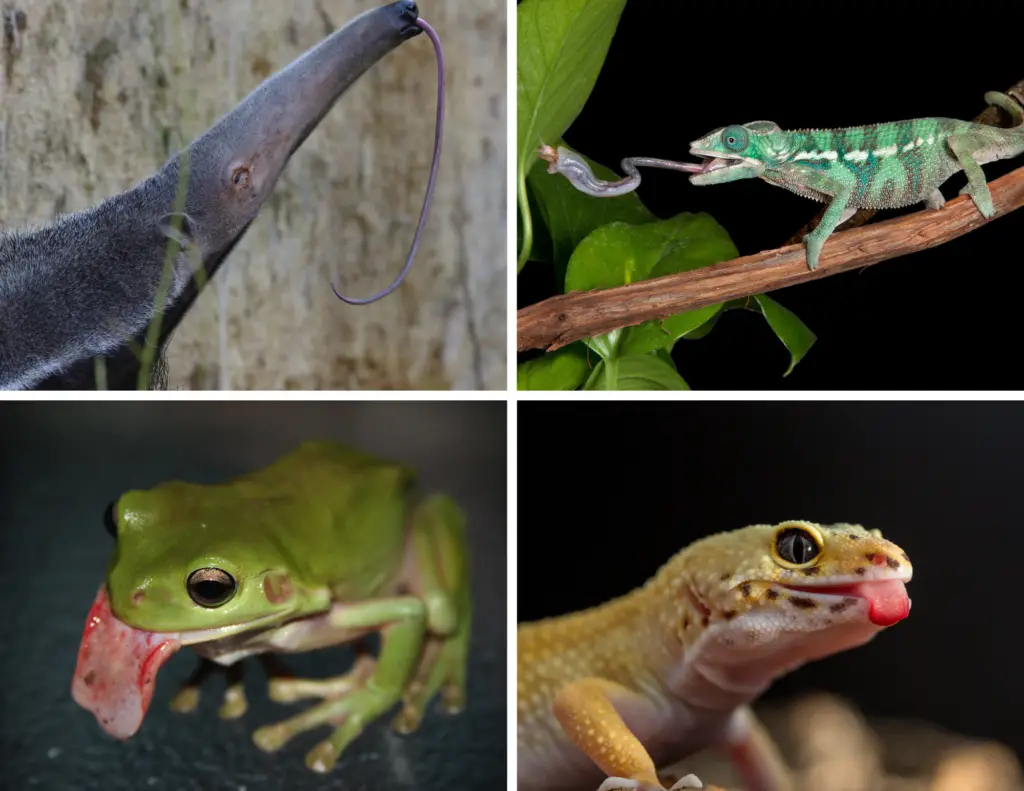
This small creature possesses an extraordinary ability to capture prey using its lightning-fast, projectile tongue. Its specialized tongue can accelerate from 0 to 60 mph in a mere 1/100th of a second, with an acceleration of 41,000 m/s² – faster than a fighter jet. This remarkable speed allows it to catch insects before they can react.
The animal’s tongue is not just fast; it’s also incredibly accurate and can extend to more than 1.5 times the creature’s body length. The tip of the tongue is covered in a sticky saliva that adheres to prey on contact. What small, often colorful animal possesses this superpower of a high-speed, projectile tongue?
A) Anteater
B) Chameleon
C) Frog
D) Gecko
Answer:
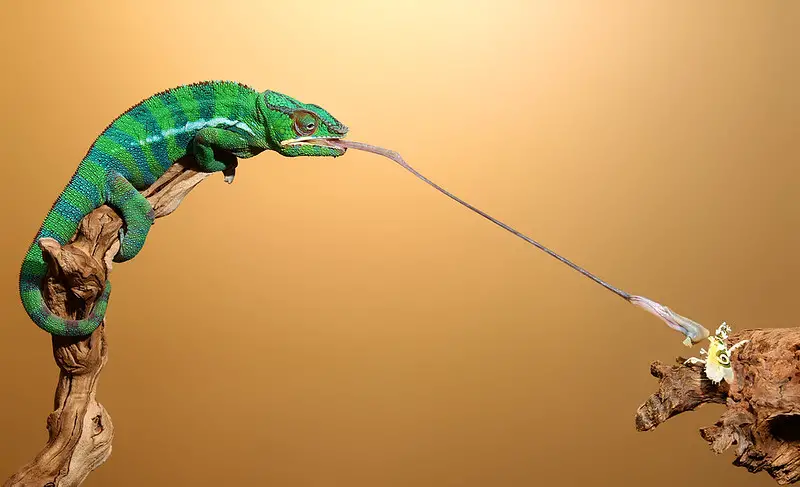
The correct answer is B) Chameleon. These unique reptiles are famous for their color-changing abilities, but their projectile tongues are equally impressive.
A chameleon’s tongue is a marvel of biological engineering. It consists of a bone, muscle, and collagen spring-loaded system that, when triggered, releases with incredible force. The tongue’s tip is a bulbous structure with a sticky coating that adheres to prey. What’s particularly remarkable is the acceleration – a chameleon’s tongue can reach its target in as little as 0.07 seconds, subjecting the chameleon to forces up to 264 times the force of gravity. This rapid projection is made possible by specialized muscles that store energy like a stretched elastic band. When released, this energy propels the tongue forward with astonishing speed and accuracy. The chameleon’s ability to accurately strike prey at a distance up to 1.5 times its body length makes it a formidable predator despite its generally slow movement.
19. The Magnetic Miner
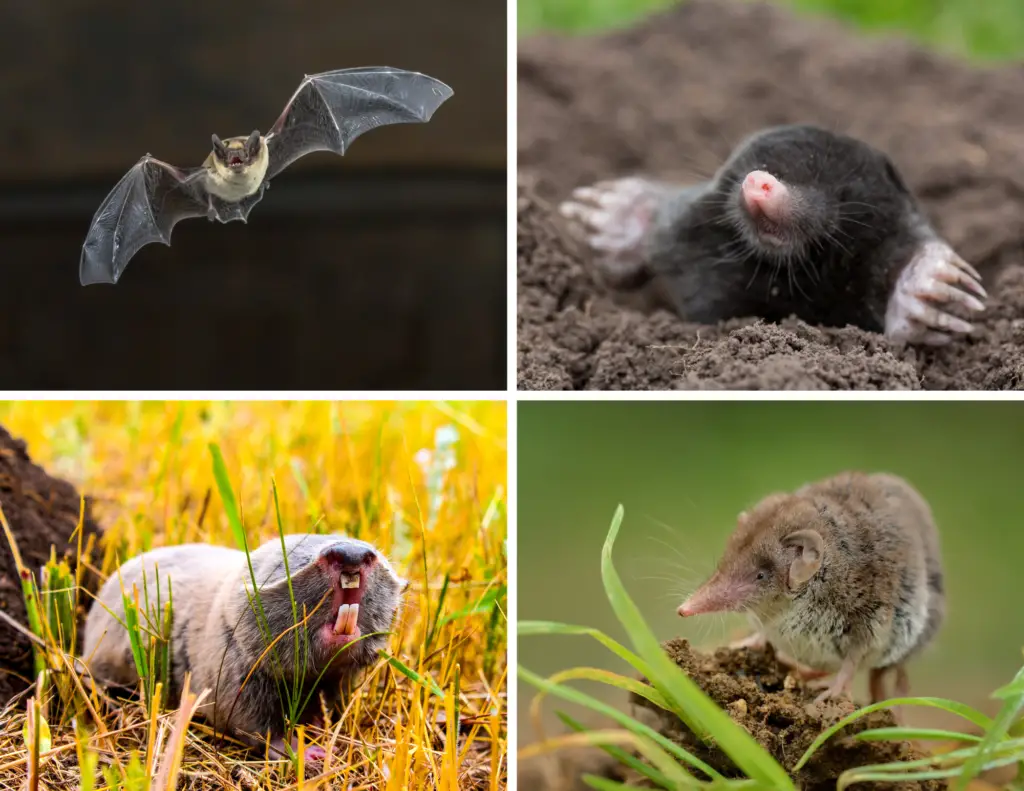
This small creature possesses an extraordinary ability to sense and use Earth’s magnetic field for navigation. But what sets it apart is its ability to actually see magnetic fields, using this information to create detailed mental maps of its environment. This superpower allows it to navigate efficiently even in complete darkness or unfamiliar territories.
The animal’s magnetic sense is so acute that it can detect variations in the magnetic field caused by underground deposits of magnetic minerals. This ability not only aids in navigation but also helps the creature locate food sources. What small, often overlooked animal possesses this remarkable talent for magnetic vision?
A) Bat
B) Mole
C) Mole rat
D) Shrew
Answer:

The correct answer is B) Mole. These subterranean mammals have evolved an extraordinary ability to detect and visualize magnetic fields, a talent that serves them well in their underground lifestyle.
Moles possess special cells in their retinas called cryptochromes, which are sensitive to the Earth’s magnetic field. These cells allow moles to literally see magnetic fields as a pattern of light and dark superimposed on their visual world. This “magnetic compass” helps them create a mental map of their tunnel systems and navigate efficiently in the darkness of their underground homes. Additionally, moles can use this sense to detect variations in the magnetic field caused by underground deposits of magnetic minerals or metals, potentially helping them locate areas rich in earthworms and other prey. This magnetic sense is so refined that moles can detect minor fluctuations in the Earth’s magnetic field, allowing them to maintain straight tunnels over long distances.
20. The Infrared Predator
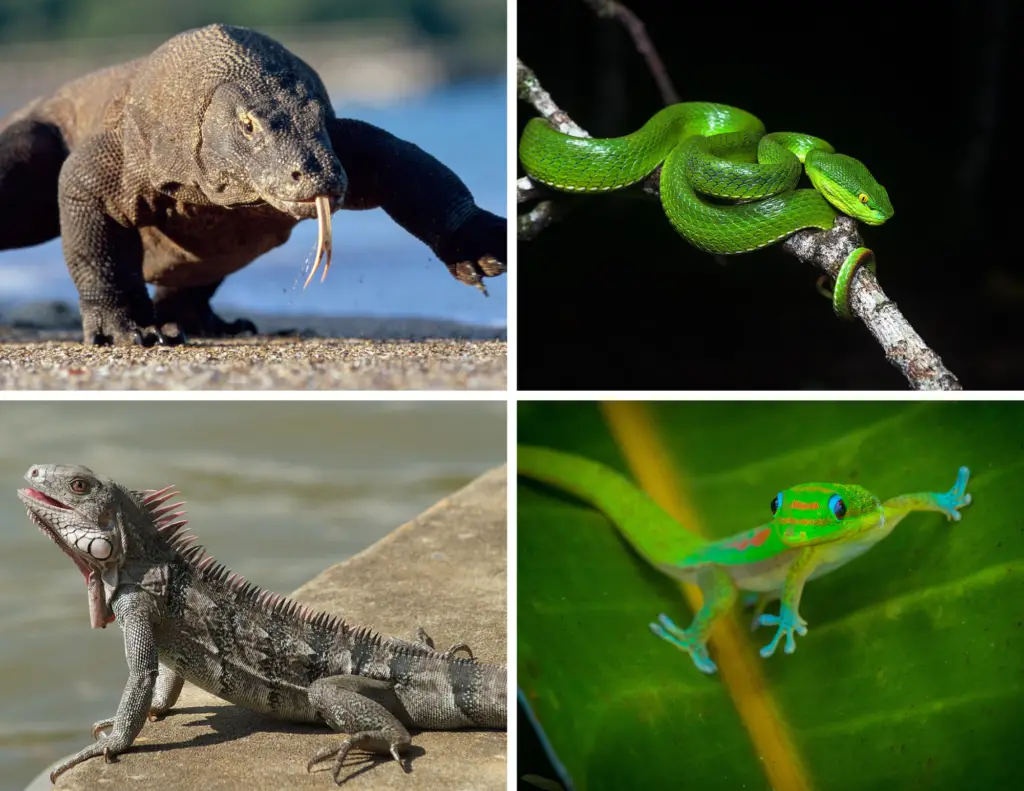
This creature possesses a unique ability to see in the infrared spectrum, allowing it to detect the heat signatures of its prey even in complete darkness. This superpower gives it a significant advantage in hunting, as it can locate warm-blooded animals with pinpoint accuracy regardless of their camouflage or the lighting conditions.
The animal’s infrared vision is made possible by specialized pit organs located between its eyes and nostrils. These organs are so sensitive that they can detect temperature differences as small as 0.003 degrees Celsius. What reptilian predator possesses this remarkable talent for heat vision?
A) Komodo dragon
B) Pit viper
C) Iguana
D) Gecko
Answer:
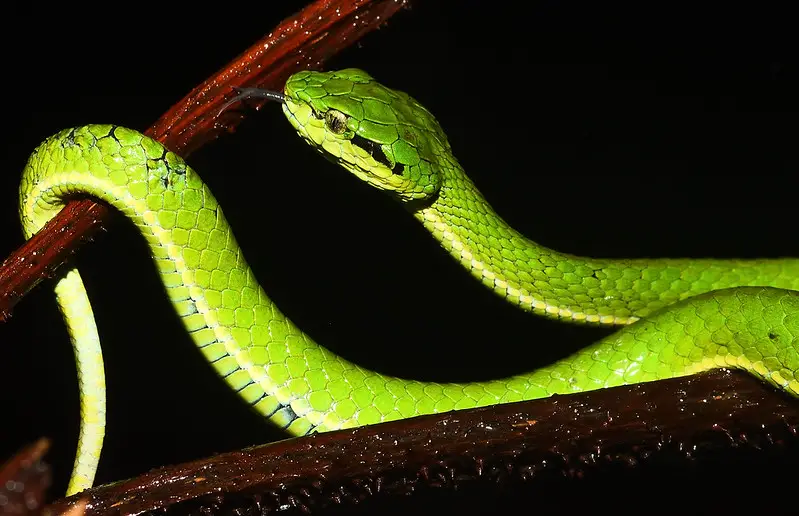
The correct answer is B) Pit viper. These snakes, which include species like rattlesnakes and copperheads, possess highly specialized heat-sensing organs that allow them to “see” in infrared.
Pit vipers have a pair of heat-sensitive pit organs, one on each side of the head between the eye and nostril. These pits contain a thin membrane that can detect infrared radiation emitted by warm objects. The information from these pits is processed in the snake’s brain along with visual information, creating a thermal image of the environment. This allows pit vipers to accurately strike at warm-blooded prey even in complete darkness. The sensitivity of this system is remarkable – pit vipers can detect temperature differences as small as 0.003 degrees Celsius at a distance. This infrared vision complements their regular vision and helps them not only in hunting but also in thermoregulation and possibly in avoiding predators.
21. The Pressure-Proof Diver
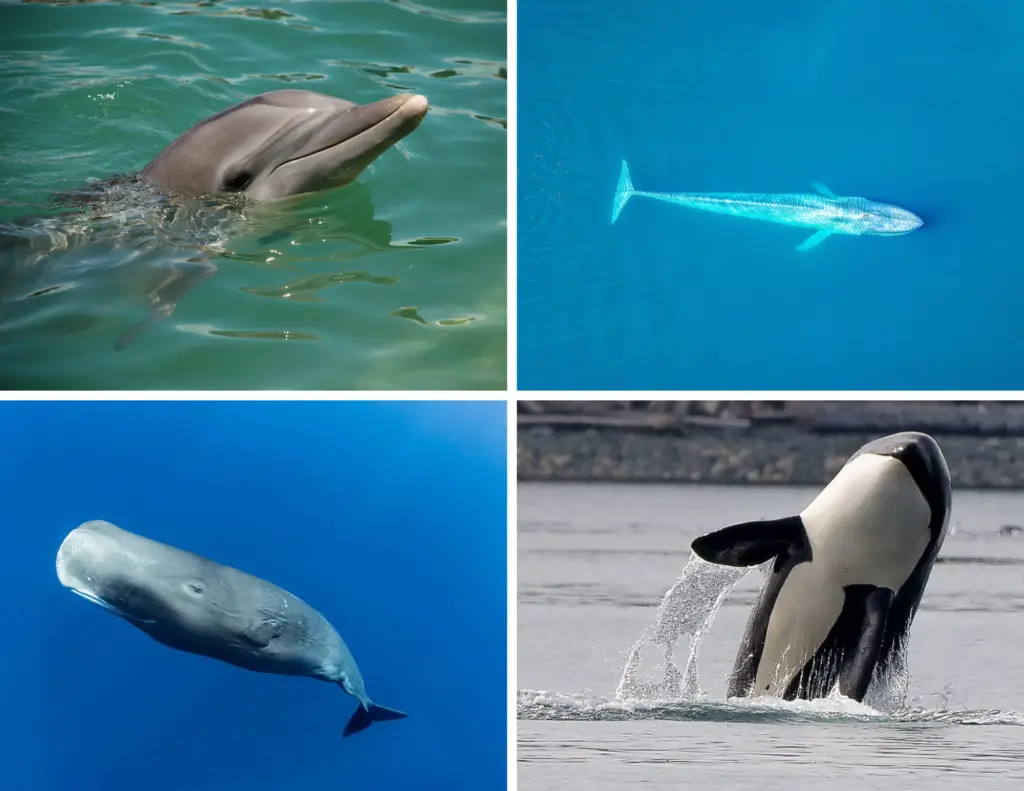
This marine creature possesses an extraordinary ability to withstand extreme pressures that would crush most other organisms. It can dive to depths of over 2,000 meters (6,600 feet), where the pressure is more than 200 times that at sea level. This superpower allows it to hunt in the lightless depths of the ocean, accessing food sources unavailable to most other predators.
The animal achieves this feat through a combination of physiological adaptations, including collapsible lungs, flexible rib cages, and the ability to slow its heart rate dramatically. These adaptations allow it to conserve oxygen and withstand the enormous pressures of the deep ocean. What marine mammal possesses this remarkable ability for extreme deep diving?
A) Bottlenose dolphin
B) Blue whale
C) Sperm whale
D) Orca
Answer:

The correct answer is C) Sperm whale. These large toothed whales are renowned for their ability to dive to extreme depths in search of their preferred prey, giant squid.
Sperm whales are the deepest diving of all marine mammals, capable of reaching depths of up to 3,000 meters (9,800 feet) and staying submerged for over an hour. Their bodies have several adaptations that allow for these extreme dives. Their rib cages can collapse under pressure, reducing the air space in their bodies, while their lungs can compress to a fraction of their surface volume. Sperm whales can also slow their heart rate to as low as 10 beats per minute to conserve oxygen. Additionally, their blood and muscles store unusually high amounts of oxygen-binding proteins. The spermaceti organ in their head, once thought to aid in buoyancy control, may also play a role in echolocation at great depths.


